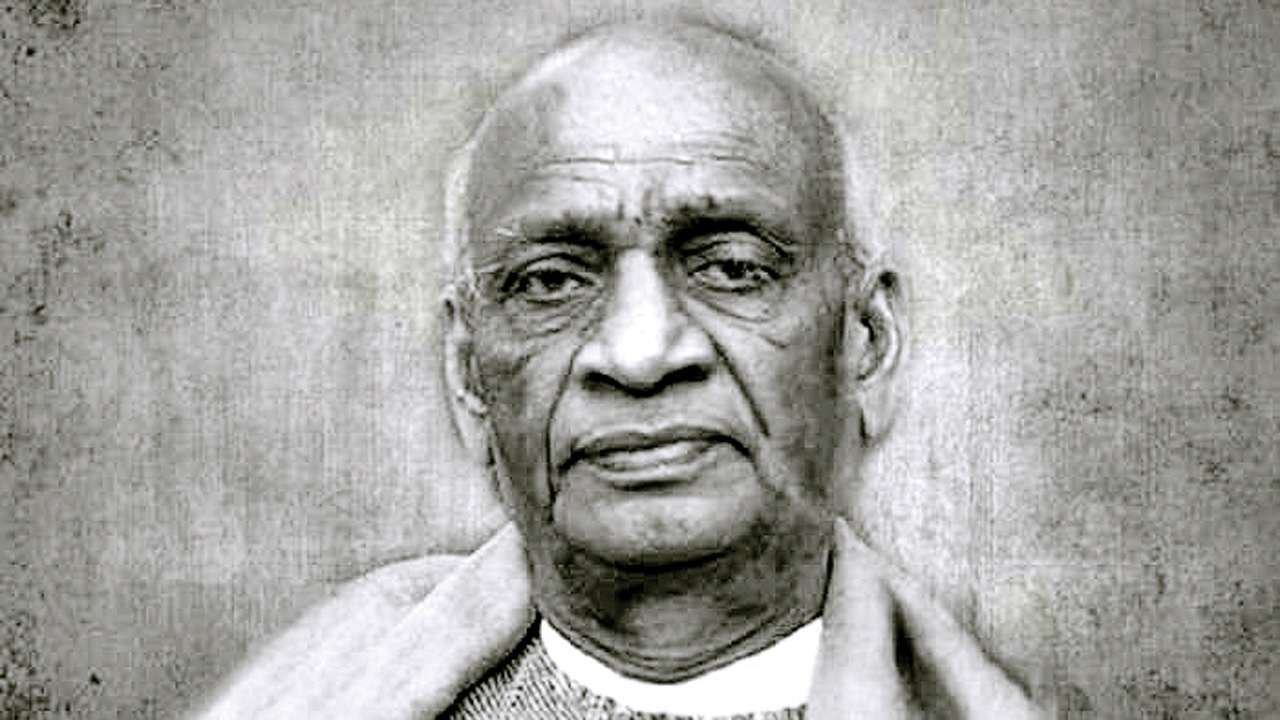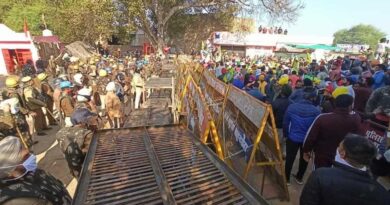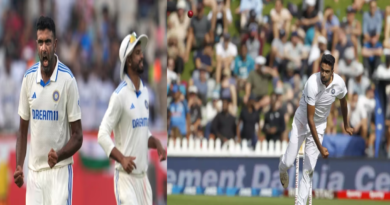Sardar Vallabhbhai Patel: Today Is His 70th Death Anniversary
Sardar Vallabhbhai Patel’s 70th death anniversary today. Without Sardar Vallabhbhai Patel, India would have not, what it looks like today, Iron Man made by combining 562 princely states.
Sardar Vallabhbhai Patel has been an important contributor to the consolidation of India. Today is his 70th death anniversary.
There is no doubt in saying that if they had not been there, perhaps the India we see today would not have happened.
He included many small and big princely states in India. That is why he is called the Iron Man of India.
Sardar’s contribution was not only in bringing India together, but his contribution to the freedom struggle was also incredible.
He was the first Deputy Prime Minister of the country. In 2014, Prime Minister Narendra Modi decided to celebrate his birthday, 31 October as National Unity Day.
Breathed his last on December 15
Sardar Vallabhbhai Patel suffered a heart attack on 15 December 1950 and breathed his last at Birla House in Bombay. Sardar was acting as Home Minister when Pakistan invaded India in 1947.
He responded to this attack by breaking his mouth. Patel was very visionary. He described China’s occupation of Tibet as wrong, saying that it would give rise to new problems in the future.
Today, the highest statue of the world, called the Statue of Liberty, belongs to Patel. This statue is 182 meters (597 ft) high. In October 2018, it was dedicated to the nation by PM Modi.
This huge statue was completed in five years. In 1991, Sardar Patel was posthumously awarded the country’s highest award Bharat Ratna.
Sardar was a lawyer by profession
Born in Nadiad district of Gujarat, Sardar Patel was counted among the successful lawyers of India.
He studied law from Middle Colje from London. When his two sons were just 5 and 3 years old, his wife died due to cancer. He first met Mahatma Gandhi in 1917.
It was Sardar who raised the demand for Swaraj from the British all over India. For this, he had also filed an appeal before the British government.
Social leader
Sardar was not only a leader but also a social worker. At the time of the plague epidemic in Kheda in Gujarat, he started relief work to help these people.
Later, he left his lawyer’s career completely and joined the country service. He was among the people in the front row in the war waged for the independence of the country. He started the Gujarat Satyagraha.
Kheda movement
Patel was the first and largest contributor to Kheda in 1918 in the movement for India’s independence. This entire area was in the grip of drought at that time.
At that time the farmers here demanded a tax exemption from the British government, which was rejected by the government.
In such a situation, Patel asked the farmers to unite and stand up against the British government.
He himself went ahead and led this movement. In the end, the government bowed down and gave them tax relief according to the farmers’ minds.
Contribute to freedom fight
Sardar Patel was also the President of the Congress unit of the state of Gujarat in 1920.
She worked extensively throughout the country, including the state, for the freedom of alcoholism and untouchability, casteism and women empowerment.
He also actively participated in the Non-Cooperation Movement run by Mahatma Gandhi and made the countrymen aware of wearing Khadi.
After independence, he united the 562 princely states present in the country and persuaded them to join India. One of them was Hyderabad.
Apart from this, he had to field the army in Junagadh too. The story of the meeting of these two princely states in India is very interesting.
Principality of Junagadh
Junagadh, located close to Saurashtra, was a small princely state surrounded by the land of India. However, after India’s independence, the Nawab here announced its merger with Pakistan.
The general public was completely against it. This entire area was Hindu dominated and people here did not want to meet Pakistan.
On 15 August 1947, when the Nawab made this announcement, the people’s protest against the Nawab also started. In support of this, Sardar fielded the Indian Army.
Fearing this, Nawaz fled to Pakistan and on 9 November 1947 Junagadh was found in India.
After this, a referendum was held here in February 1948 keeping in mind the public sentiment. In this, people supported India.
Princely state of hyderabad
Similarly, the Nizam of Hyderabad announced not to join India. He was steadily increasing military capability to counter India. Patel was worried about this.
In view of this, Patel himself planned to meet the Nizam.
During his meeting with the Nizam, Patel had made it clear that either he would join India peacefully or else the Indian Army would take no time to enter Hyderabad.
Whatever happens after this will be the responsibility of the Nizam only.
The Nizam was horrified and when the Indian Army entered Hyderabad under Operation Polo on 13 September 1948, the Nizam surrendered three years later.
Hyderabad joined India in November 1948.




